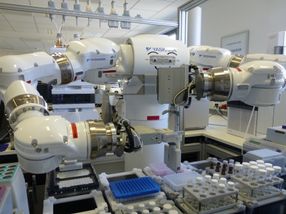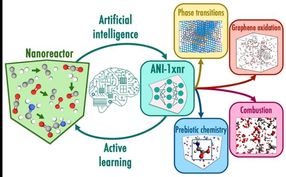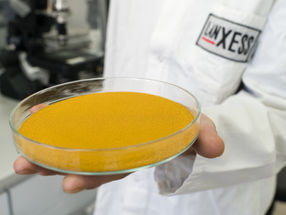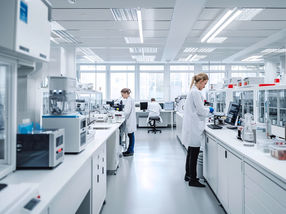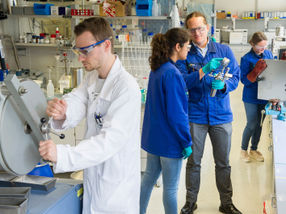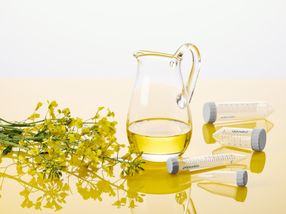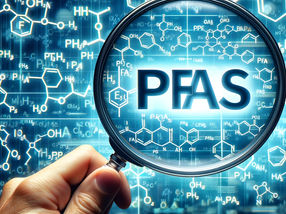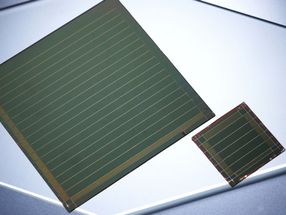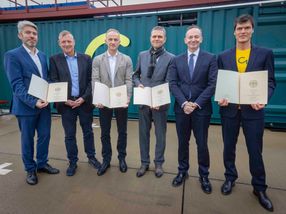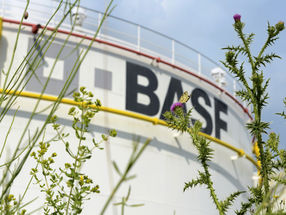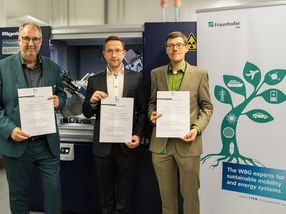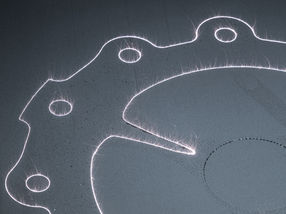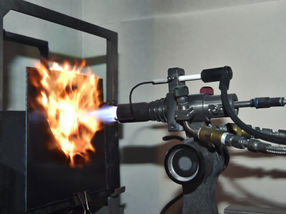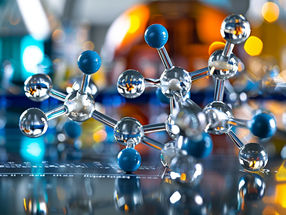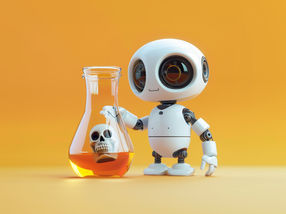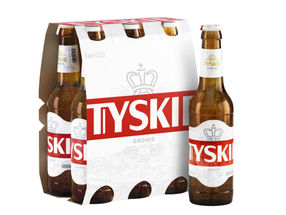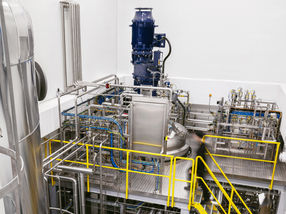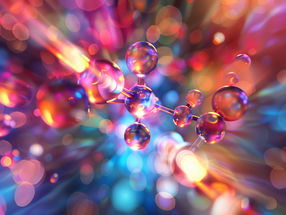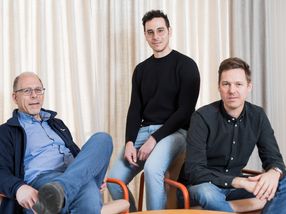BASF Antwerp: New superabsorbents plant starts operations
Today (June 24, 2002), a new superabsorbents plant in Antwerp, Belgium, will be inaugurated officially by the Belgian Prime Minister Guy Verhofstadt together with Dr. Jürgen F. Strube, Chairman of the Board of Executive Directors of BASF Aktiengesellschaft, and BASF Board member Dr. Jürgen Hambrecht. With an annual capacity of 100,000 metric tons, it is the world's largest superabsorbents plant and at the same time it is the first to operate using a new BASF technology. The capital expenditure for the plant and a new logistics center totaled €90 million, and the investment will create almost 70 new jobs in Antwerp.
Strube stresses the importance of the capital expenditure for the Antwerp site and for BASF in general: "Antwerp is our second-largest Verbund site worldwide and we intend to develop the site further. Here, we are setting new standards in terms of product quality and competitiveness with our new superabsorbents plant. The plant is linked virtually directly with one of our most modern acrylic acid plants. This means that we are not only strengthening our Verbund strategy in Antwerp, but is also a clear sign that our global superabsorbents business has become a firm cornerstone of our acrylic acid value-adding chain." BASF is world leader in both acrylic acid and superabsorbents, which are derived directly from it.
BASF operates further superabsorbents plants in Mannheim, Germany; Portsmouth, Virginia; Aberdeen, Mississippi; and Rayong, Thailand. Due to the closure of its plants in Birkenhead, United Kingdom and in Frankfurt, Germany, BASF's global capacity for superabsorbents remains unchanged at 305,000 metric tons per year. BASF has plants for the production of acrylic monomers in Europe, the NAFTA region, Asia and South America, and its total world capacity is 850,000 metric tons per year.
Superabsorbents are cross-linked polymers made from acrylic acid which can absorb up to 1,000 times their own weight of liquid and retain the liquid even under pressure. They are currently used mainly to produce hygiene products such as diapers, incontinence products, sanitary towels and tampons. Other applications are in agriculture and in the electrical and packaging industries.
Most read news
Topics
Organizations
Other news from the department research and development

Get the chemical industry in your inbox
From now on, don't miss a thing: Our newsletter for the chemical industry, analytics, lab technology and process engineering brings you up to date every Tuesday and Thursday. The latest industry news, product highlights and innovations - compact and easy to understand in your inbox. Researched by us so you don't have to.
Most read news
More news from our other portals
Last viewed contents



